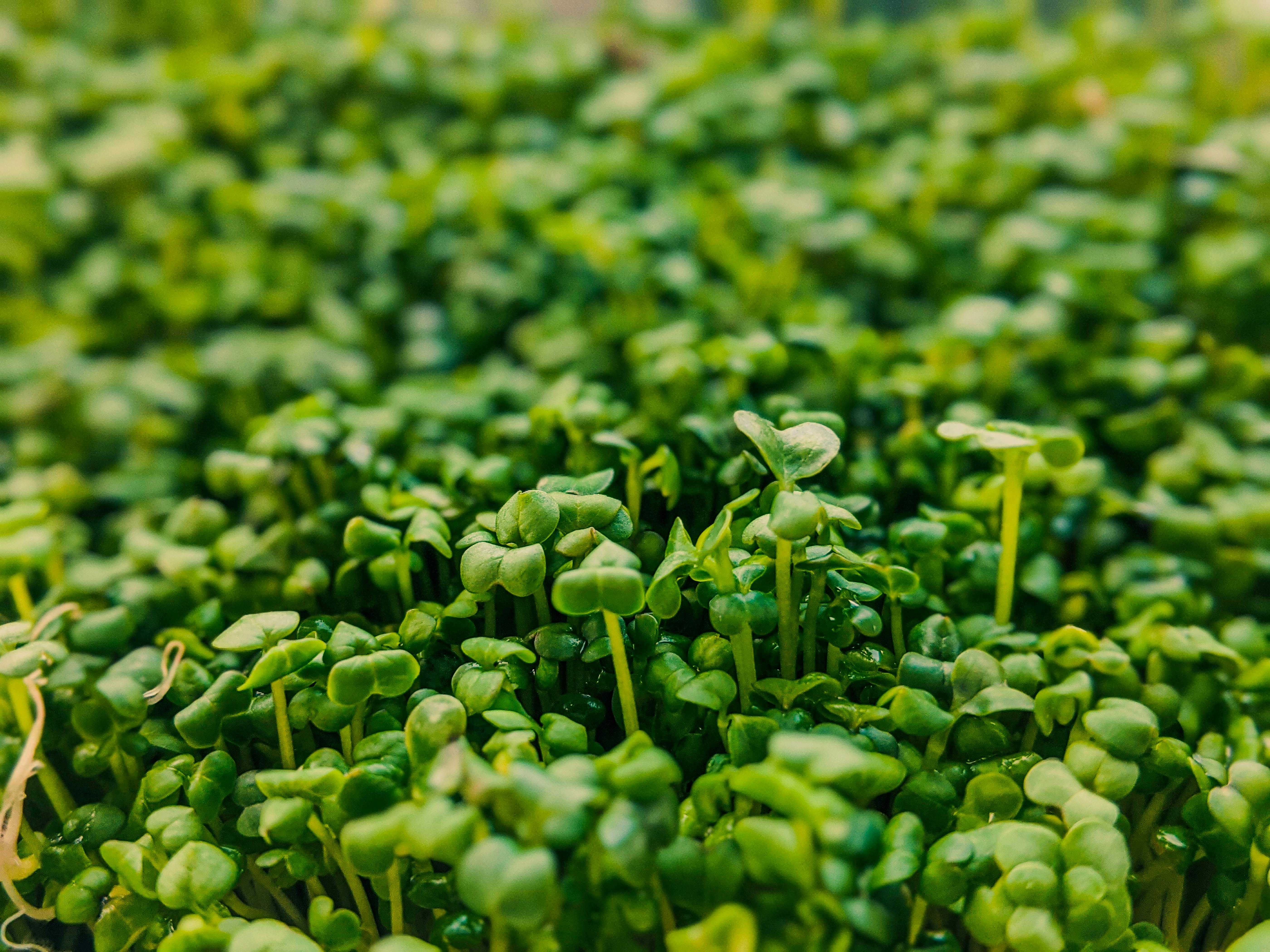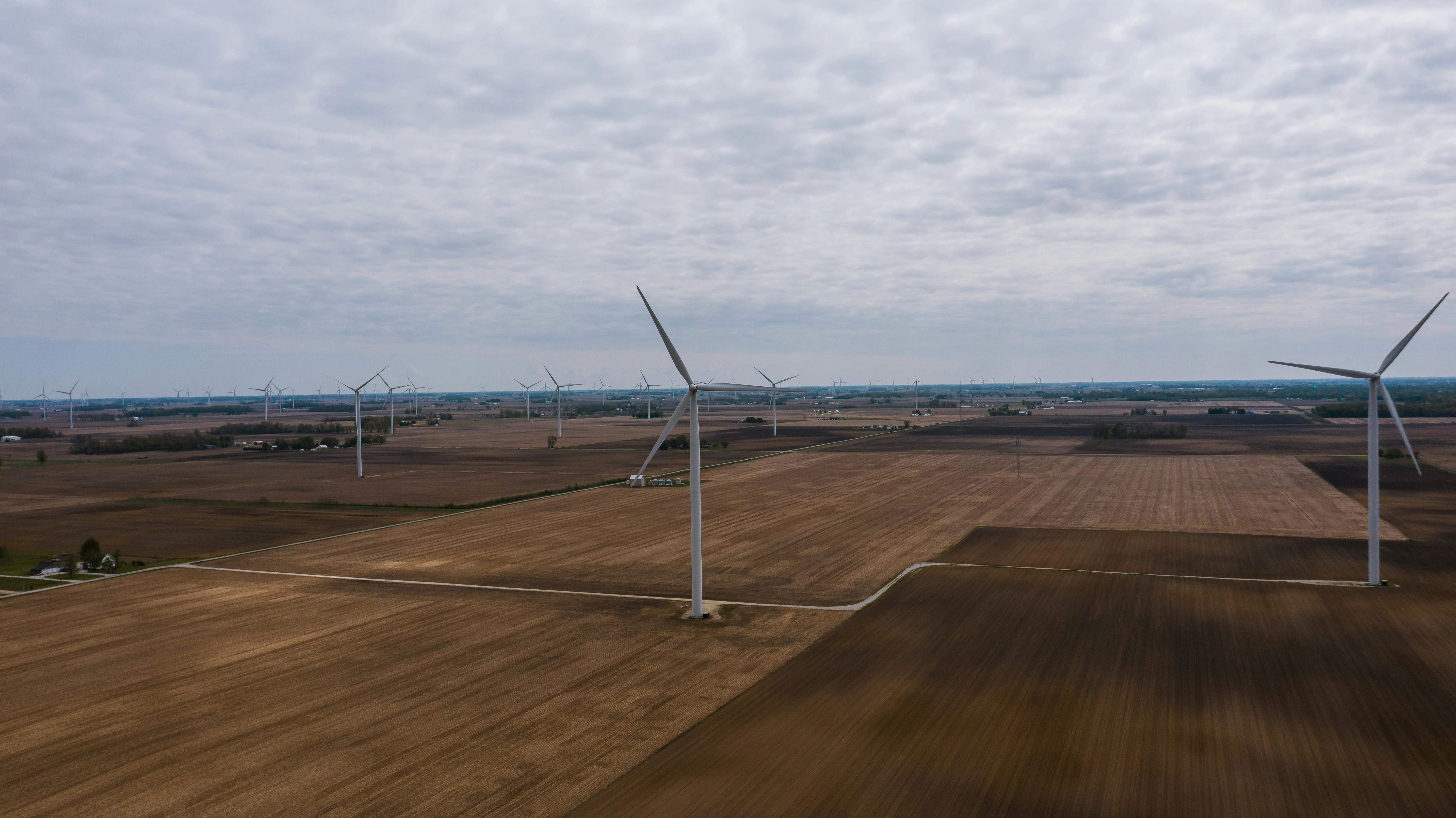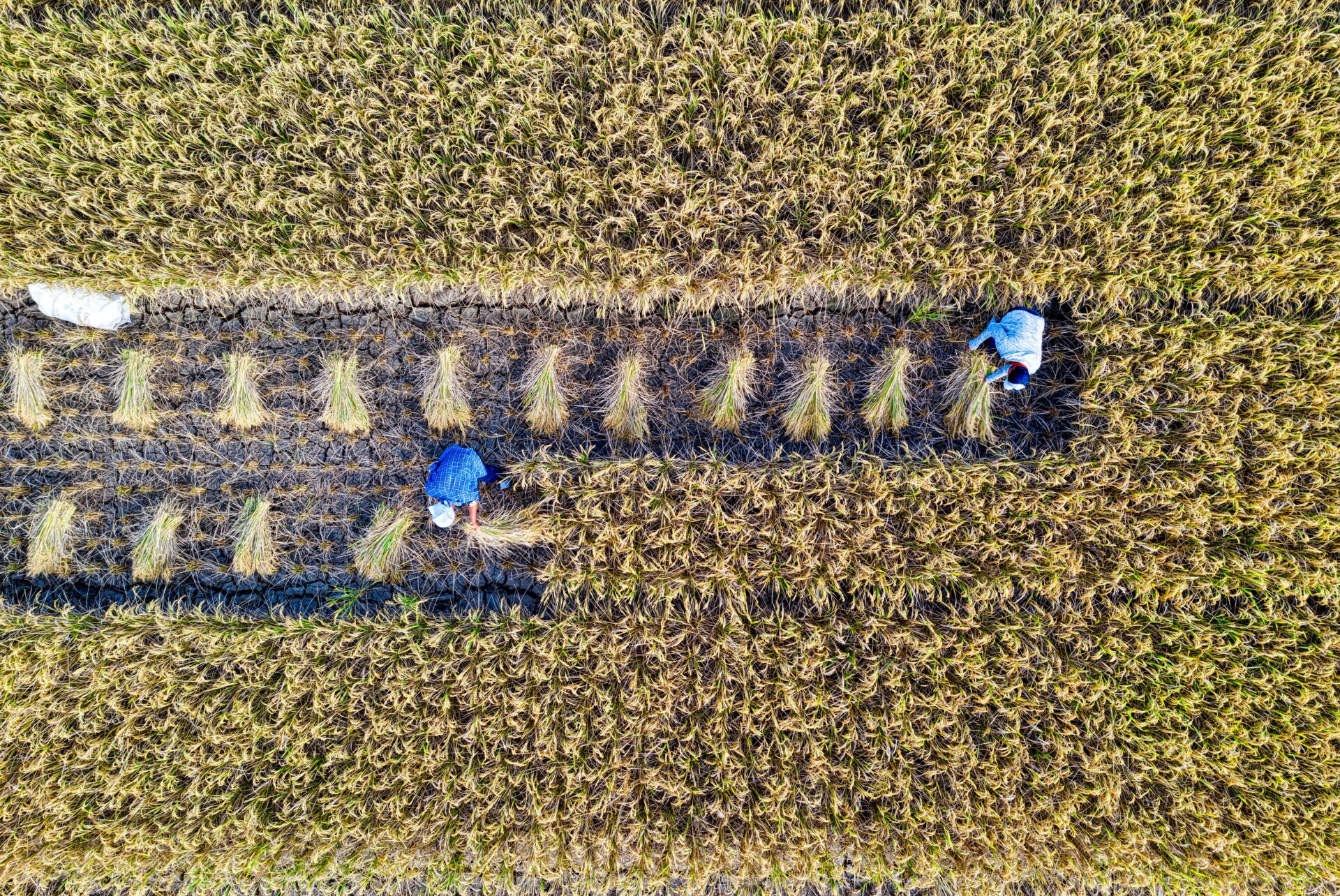Strawberries are one of the most popular fruits in the world. They are delicious, versatile, and relatively easy to grow. If you’re considering planting strawberries in your garden, you may be wondering how many strawberries a single plant can produce. This article will provide an overview of what to expect from a single strawberry plant in terms of yield and harvest time.The amount of strawberries that one plant can produce will vary depending on the variety of the strawberry, environmental conditions, and the care it receives. Generally, one strawberry plant can produce between 1-2 quarts of strawberries each season.
Climate
Climate is a major factor in strawberry production. Strawberries grow best in mild climates with temperatures ranging between 55 to 75 degrees Fahrenheit, and need at least six hours of direct sunlight per day. Cold winters can damage the strawberry plants, so most growers opt to either harvest their crop all at once or use protective measures like row covers or greenhouses. In addition, too much rain can lead to disease and mold growth on the fruit, as well as increased pest pressure.
Soil
The soil is very important for successful strawberry production. Strawberries prefer sandy loam soils with good drainage and adequate fertility levels. The soil should also be pH balanced, generally between 5.5-6.5; any higher or lower may inhibit nutrient uptake for the plants. Growers should also consider their local water availability when selecting a site for strawberry production; too much or not enough water can both be detrimental to yield.
Pest Control
Pest control is essential in strawberry production, as many pests are attracted to the fruit and can cause significant crop damage if left unchecked. Insects such as aphids, leafrollers and thrips are common pests of strawberries; fungicides may be necessary to prevent diseases like gray mold from infecting the crop as well. Weed control is another important aspect of pest management; weeds compete with strawberries for water and nutrients, reducing yields.
Fertilization
Strawberries require regular fertilization throughout their growing season in order to reach maximum yields. Fertilizers should be applied based on soil tests that indicate nutrient deficiencies; too much fertilizer may lead to excessive foliage growth at the expense of fruit production. Nitrogen is especially important for strawberry plants since it helps stimulate flowering and fruiting.
Variety Selection
When selecting a variety of strawberry for production, growers must consider factors such as climate, soil conditions and disease resistance. Some varieties are more adapted to certain growing conditions than others; it’s important that farmers select the right varieties suited for their particular growing environment in order to maximize yields and quality of fruit.
Soil Requirements for Strawberry Production
Strawberry production requires well-drained, fertile soil with a pH range of 5.5 to 6.5. The soil should also have good organic matter content and be free of stones, roots, and other debris. The ideal soil texture is sandy loam or loam, with clay loam being acceptable in some cases. Amending the soil with compost or other organic matter can help improve drainage and fertility, while adding lime can help raise the soil pH if it is too low. It is important to test the soil before planting to ensure that it meets the necessary requirements for successful strawberry production.
Strawberries prefer soils that are high in nitrogen, so applying a fertilizer or manure prior to planting can be beneficial. If planting in an area that has not been amended with compost or manure, it may be necessary to supplement with a balanced fertilizer such as 10-10-10 or 13-13-13 to ensure adequate levels of essential nutrients for growth and fruiting. It is important to avoid over-fertilizing as this can lead to excessive foliage growth at the expense of fruit production.
It is also important to maintain adequate moisture levels in the soil throughout the growing season by irrigating regularly or applying mulch to help retain moisture and minimize weed growth. Properly caring for the soil can help ensure optimal conditions for strawberry production and maximize yields throughout the growing season.
Climate Requirements for Strawberry Production
Strawberries are an incredibly popular fruit, and they can be grown in a variety of climates. However, there are certain climate requirements that must be met for successful strawberry production. For starters, strawberries grow best in areas with moderate temperatures and plenty of sunshine. Temperatures should remain between 30-85°F (0-29°C) throughout the year, with the ideal growing temperatures being between 60-70°F (15-21°C). Additionally, strawberries require at least 6 hours of direct sunlight per day.
It is also important to consider the amount of rainfall when growing strawberries. The plants require a steady supply of moisture throughout the season, but too much water can lead to fungal problems like root rot and anthracnose. As such, it is important to make sure that there is adequate drainage in your strawberry planting beds. If you live in a region with high rainfall or poor drainage, consider using raised beds to ensure that your strawberry plants get the right amount of moisture without becoming waterlogged.
Finally, it is important to remember that different varieties of strawberries have different climate requirements. While some varieties are well suited for cooler climates, others do better in warmer climates. When selecting varieties for your strawberry patch, make sure to select cultivars that will thrive in your local climate conditions. With the right selection of cultivars and careful attention to soil and moisture needs, you can successfully grow delicious strawberries no matter where you live!
Fertilizer Requirements for Strawberry Production
Strawberry production requires proper fertilization to achieve a successful harvest. The fertilizer used must be balanced in order to provide the necessary nutrients for the plants’ growth and development. The type of fertilizer used depends on the soil type, climate, and the variety of strawberry being grown. In general, a balanced fertilizer with equal amounts of nitrogen, phosphorous, and potassium is recommended for strawberry production.
Nitrogen is important for plant growth and is essential for vegetative growth in strawberry plants. Nitrogen-rich fertilizers can help promote healthy foliage development and increase berry size. Phosphorous helps with root growth and flower development, while potassium increases fruit yield and flavor. It is important to test your soil before applying any fertilizer so that you can adjust the ratio accordingly if needed.
The amount of fertilizer needed will depend on how productive your soil is and how much you want to harvest at the end of the season. A soil test will help determine how much nutrient is already present in your soil so that you can adjust your fertilization accordingly. Generally speaking, a strawberry crop needs around 1 kg per 10 square meters of nitrogen-rich fertilizer to be applied once every two weeks during the growing season.
It is also important to avoid over-fertilizing as this can lead to excessive vegetative growth at the expense of fruit production. A good rule of thumb when it comes to fertilizing strawberries is to apply no more than 50% of the recommended amount as too much can lead to severe damage or even kill your crop. Additionally, it is best practice to apply fertilizer evenly across your entire planting area as this will ensure that all plants receive an adequate supply of nutrients.

Water Requirements for Strawberry Production
Strawberry production requires adequate amounts of water throughout its growing cycle. The ideal amount of water for strawberry production depends on the soil type, climate, and crop management practices. In general, strawberries need 1 to 2 inches of water per week during the growing season. In areas where rainfall is limited, supplemental irrigation is necessary to ensure sufficient water for optimal growth and yield. For sandy soils, additional irrigation may be needed due to the inability of these soils to retain moisture. Irrigation should be applied in a way that minimizes water loss due to evaporation or runoff. Drip irrigation systems are an effective way to apply water directly to the root zone of plants with minimal runoff and evaporation losses.
In order to optimize growth and yield, strawberry growers must monitor soil moisture levels closely during the growing season. Soil moisture sensors can be used to measure the amount of available moisture in the soil and help growers make informed decisions about when and how much additional irrigation is needed. Additionally, using mulches such as straw or plastic can help conserve soil moisture by reducing evaporation from the soil surface. Proper watering is essential for maximizing strawberry yields and ensuring optimal fruit quality.
Pruning and Training Techniques for Maximum Strawberry Yields
Pruning and training techniques are essential for any strawberry grower to ensure maximum strawberry yields. Pruning helps to remove weak or damaged canes, reduce the spread of disease, improve air circulation, and encourage growth. Training involves the use of trellises, stakes, or other supports to encourage upright growth and reduce the risk of damage from pests or wind. When pruning and training techniques are used correctly, they have the potential to dramatically increase yields.
When pruning strawberry plants, growers should aim to remove dead or diseased canes as soon as possible. They should also look for any canes that are weak or spindly, as these can be prone to breakage. Canes that are crossed over each other should also be cut back in order to improve air circulation. Pruning should occur in late winter or early spring when plants are still dormant.
Training is often done using a trellis system that allows plants to grow upright instead of sprawling outwards. This reduces the risk of disease spreading and makes it easier for growers to manage the plants more effectively. Stakes can also be used if a trellis isn’t available. Growers should ensure that they tie the plants securely so they don’t become damaged by wind or pest activity.
By utilizing pruning and training techniques correctly, strawberry growers have the potential to significantly increase their yields while reducing the risk of disease spread and damage from pests or wind. Investing in a good trellis system or stakes is essential for successful strawberry production and will help ensure maximum yield potential is reached each year.
Weed and Pest Control for Higher Strawberry Yields
Strawberry production can be greatly affected by weeds and pests. To get the highest yields, proper weed and pest control is essential. There are several methods of weed and pest control that can be used in strawberry production, including mechanical, cultural, biological, and chemical methods.
The most common form of mechanical weed control is the use of a cultivator or rototiller to remove weeds from the field. This method is effective in removing many types of weeds from the field but may not be effective in controlling some types of perennial weeds or some types of pests.
Cultural controls involve utilizing practices that reduce the amount of weeds and pests in the field by altering the environment. These practices include crop rotation, cover crops, mulching, irrigation management, and fertility management. These practices can help reduce weed pressure and prevent pests from becoming established in the field.
Biological controls involve using beneficial organisms to control weeds and pests. These organisms include predatory insects such as ladybugs, lacewings, parasitic wasps, and spiders; predatory mites; nematodes; fungi; viruses; bacteria; and even other plants with allelopathic properties that inhibit weed growth. Biological controls are a safe way to keep weeds and pests under control without using chemical pesticides.
Chemical control involves using herbicides or insecticides to kill or suppress weeds or insect pests. This method is often necessary when other methods are not effective or when broad-spectrum pest management is needed quickly. When using chemical controls it is important to read all labels carefully for proper application instructions and safety precautions.
By combining all these methods appropriately for each farm’s particular situation, strawberry growers can effectively manage both weeds and pests while maximizing yields at the same time.

Conclusion
The number of strawberries a plant can produce depends on many factors such as the variety, care and soil conditions. Planting multiple plants can increase yield, but it is important to ensure adequate space and air circulation between plants. Additionally, proper pruning and fertilization is essential for healthy growth and a good yield. With the proper care and environment, a single strawberry plant can produce up to 12 quarts of strawberries per season. That’s a lot of yummy goodness!
So, if you’re looking to add some delicious fruit to your garden this year, consider planting a few strawberry plants. With the right care and some patience, you’ll be rewarded with sweet juicy berries in no time!



